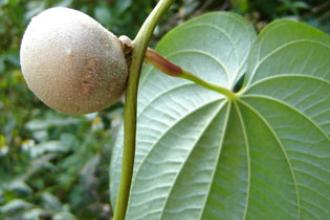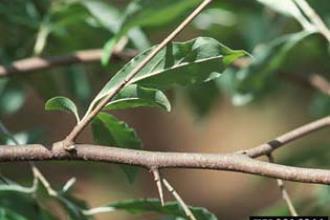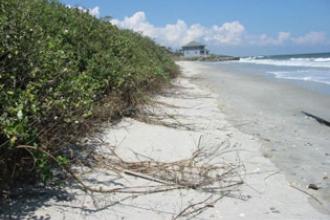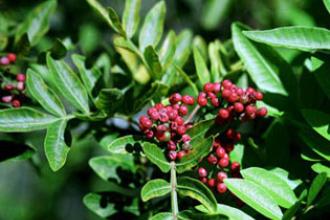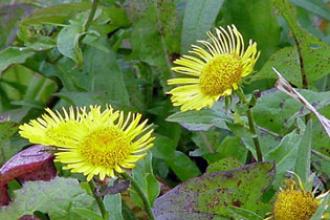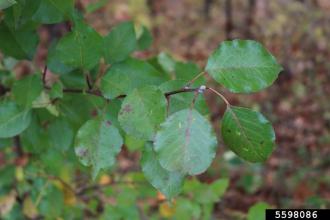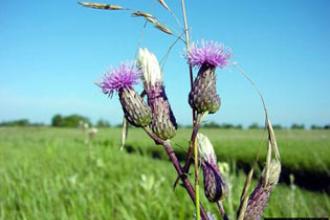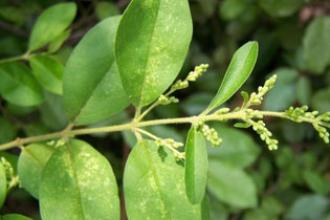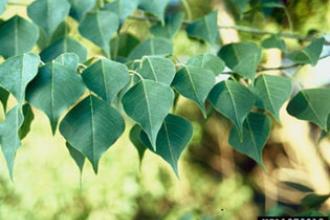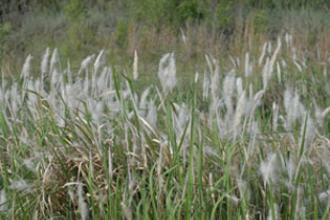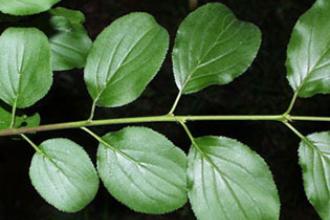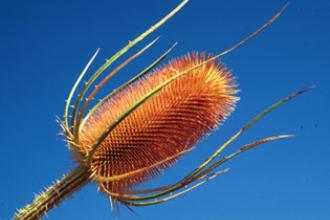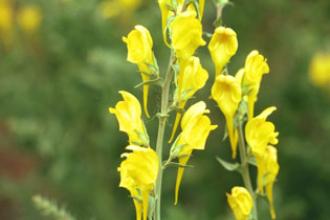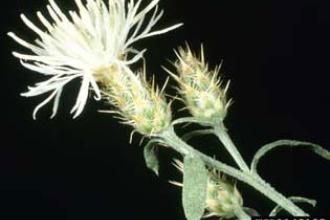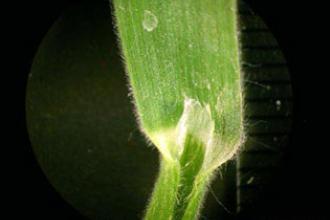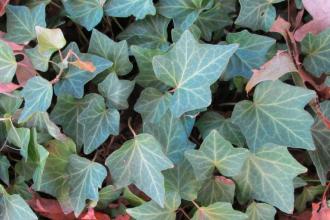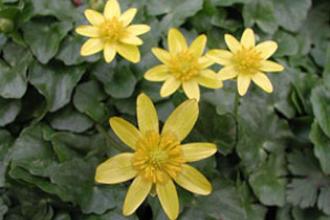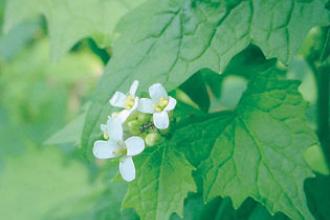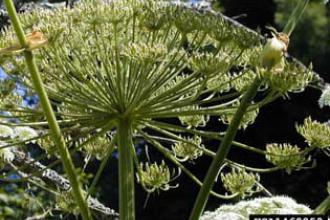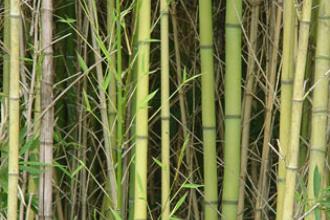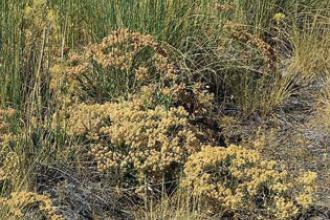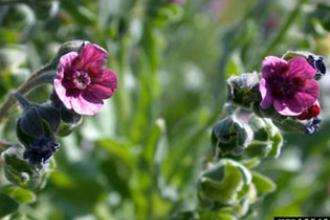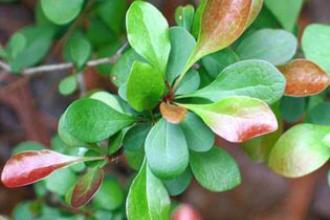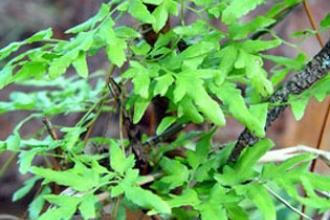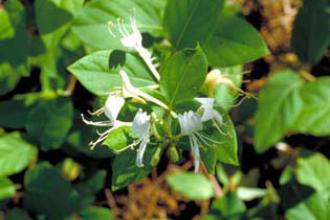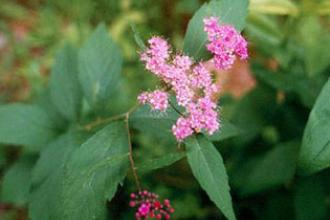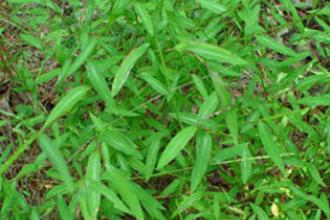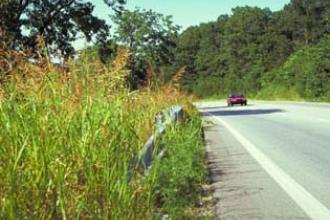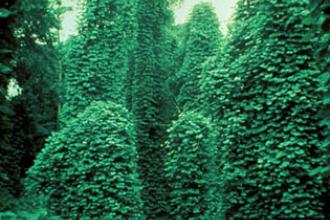Terrestrial Plants
Terrestrial (land-dwelling) Invasive Plants include non-native plants (members of the kingdom Plantae) that grow in non-aquatic habitats, including agricultural fields, rangelands, forests, urban landscapes, wildlands, and along waterways. Terrestrial invasive plants include trees, shrubs, vines, grasses and herbaceous plants.
See also: Aquatic Plants
Citation:
- Holt, J.S. 2011. "Weeds". In: Simberloff, D. and M. Rejmanek. Encyclopedia of Biological Invasions. Berkeley: University of California Press.
Species Information Disclaimer
NISIC provides general information about species considered to be invasive and our information does not have any regulatory implications. There are more than 6,500 invasive species established across the United States. The large numbers of invasive species prevent us from maintaining detailed information on all invasive species. In addition, determining the invasiveness of a species depends on a number of local factors, including type of habitat. The species profiles included on NISIC's site are intended to be an educational resource and should not be considered to be an official list of invasive species by the U.S. Department of Agriculture.

